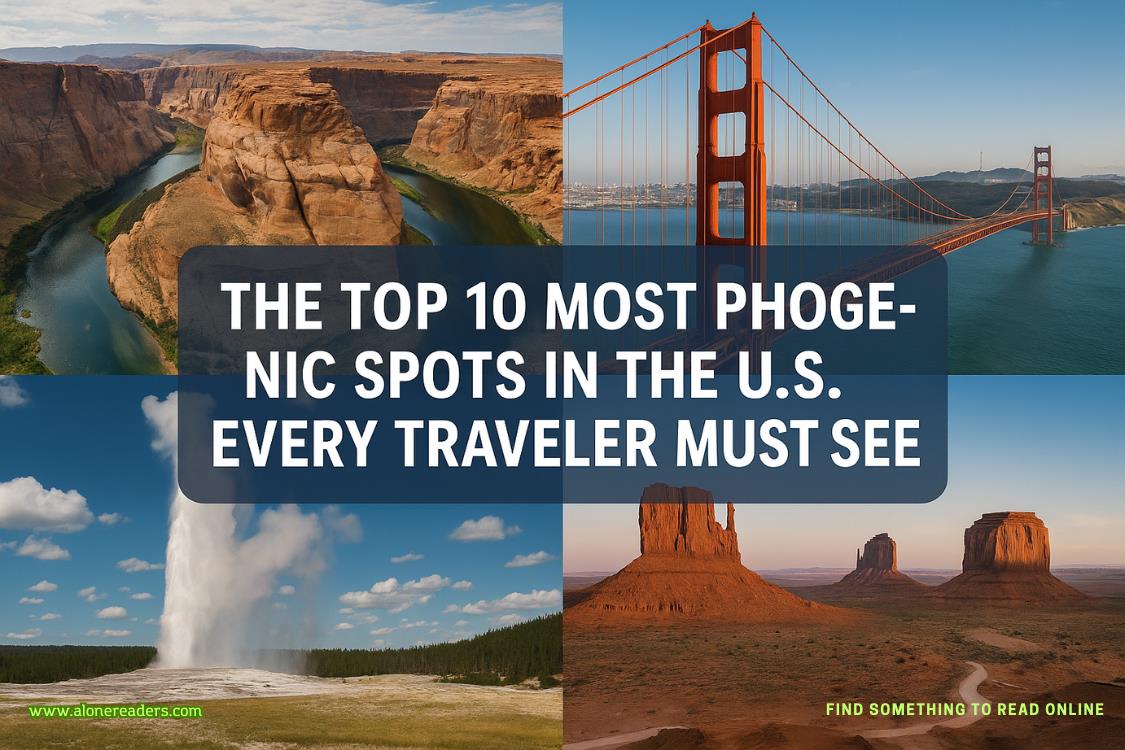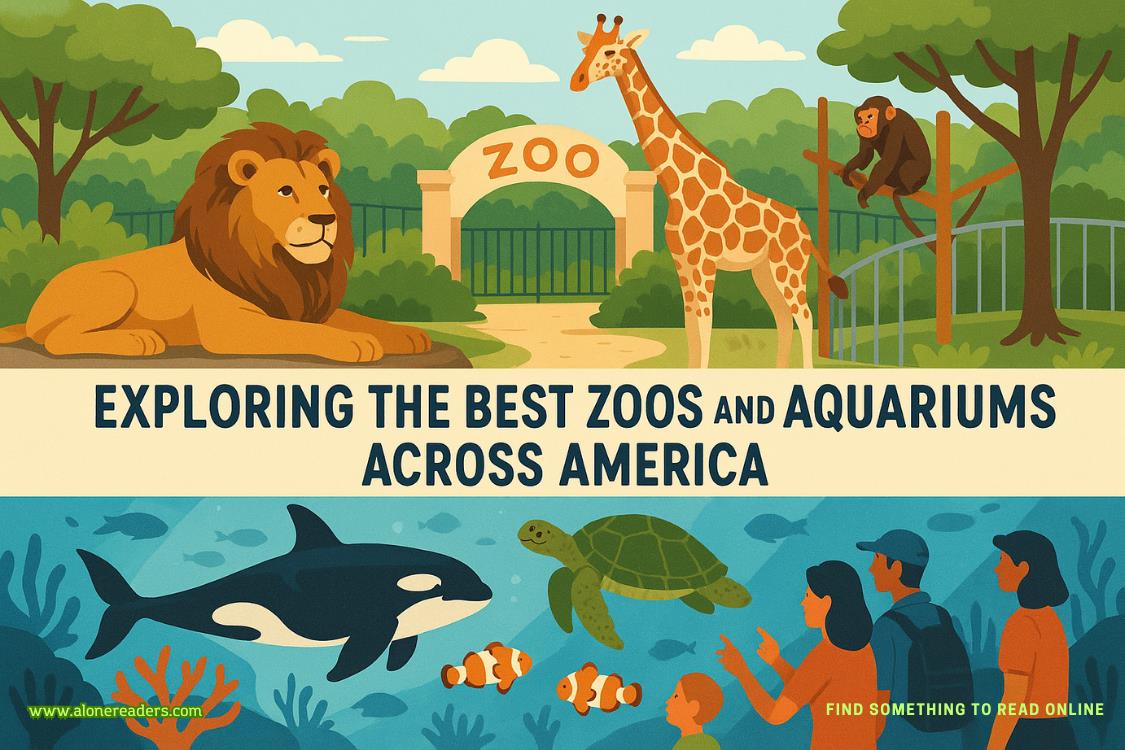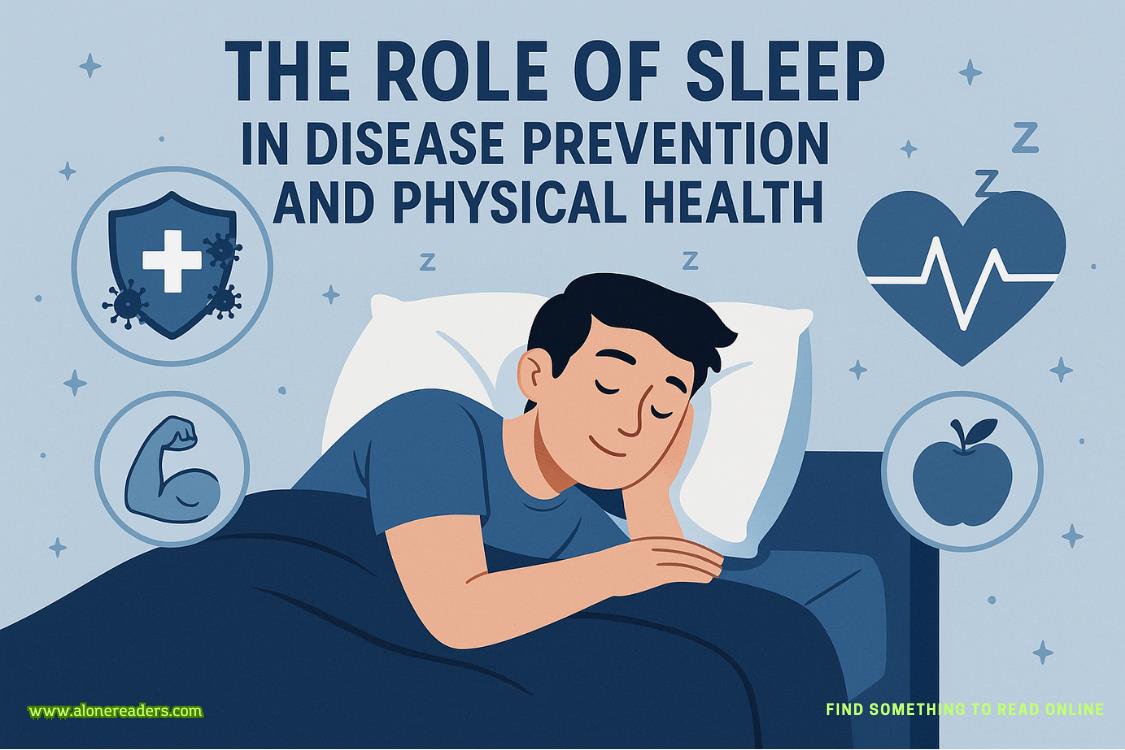Page 41 of Capture the Moment
She looked down at her slicker. “Yellow? I wonder why?” She lifted her head. “Oh, I bet I know. It reminds them of honey.”
A laugh burst out of him. She was just so ... sweet.
She smiled. “You’ll have to try to stump Maisie with that fun fact.”
“Can’t.” He grinned. “She’s the one who told me.”
Coop’s concern for Kate during the thunderstorm was touching. And embarrassing. To think he came to find her! They sat under the dock awning, huddling close together to keep warm, the patter of rain on the roof creating a soothing backdrop to their steady conversation. They never seemed to run out of things to talk about.
She felt her phone vibrate in her pocket and pulled it out to glance at caller ID.Oliver.She turned her phone completely off. “So, after the ranger talk,” she said, glancing at Coop beside her. “You mentioned you might be able to help me get a unique shot of 399. What exactly did you mean by that?”
“You tell me.” Coop turned to her, his expression guarded.“You said you wanted to know more about her. So what do you know?”
“Well, I know the facts about her. She’s a legend and the face of bear conservation around the world. I know she’s called the Queen of the Tetons. I know about her track record, that she’s the oldest known grizzly to have cubs. Eighteen at last count.”
“Twenty-two, that we know of,” Coop said. “She’s an excellent mother. She provides for them, teaches them to hunt, to stay out of trouble.”
“See? That’s just the kind of information that I’m looking for. How does she keep her cubs out of trouble?”
“She’s learned to spend time near areas with people. Male grizzlies can be a threat to cubs. They’ll kill cubs to mate with a female. But they tend to avoid people. By staying close to human activity, 399 has figured out a way to keep her cubs safe from predators. She’s even taught her cubs to look left and right before crossing the road.”
Kate couldn’t help but smile at the image of bear cubs cautiously checking for traffic. “So is that what makes her stand out among grizzlies?”
“Frankly, most female grizzlies are good mothers. But 399 is special to people. I think it’s probably because of a few stories that hit a human chord.”
Kate tilted her head. “What stories?”
“Well ... like a few years back, one of her cubs, Snowy, was killed by a hit-and-run driver. She wailed, foamed at the mouth, mourned like a ... well, like a mother would. It gave everyone a glimpse into the emotional depth of these creatures.”
Kate’s eyes widened with surprise. “Do you think a bear feels sorrow on that level?”
Coop hesitated, his gaze distant. “Hard to know for sure,” he said slowly. “But 399 definitely exhibited sorrow over Snowy’sdeath. And people, well, they resonated with her sorrow. She’s not just a wildlife subject. She’s got a personality, a history. People root for her, celebrate her triumphs, and mourn her losses.”
“A living, breathing legend.”
“Exactly. She’s a symbol of the wild, a reminder that even in the heart of nature, there are stories, personalities, and connections waiting to be discovered. And every spring when she emerges from hibernation, it’s a grand spectacle. People come from far and wide just to catch a glimpse of her.”
“People like me.”
He smiled. “Like you.”
Kate’s mind swirled with questions. “I read a lot about her, but I never found out how she got her name.”
“She was tagged as the three hundred ninety-ninth bear in the Yellowstone ecosystem. First one found in Grand Teton after a long absence. The bear population had been wiped out in this park by hunting. But then grizzlies were put on the endangered species list back in ... hmm ... I think it was 1975.”
“Still on it?”
“No, but they do have threatened status. Lots of conflict over that issue.”
“So tell me more about the end of hibernation.”
“Sows emerge slowly. Sows with COYs are generally the last bears to leave their dens.”
“Hold it. What’s a COY?”
“Cub of the year. Brown bears and grizzlies—and, of course you know that grizzlies are a subspecies of brown bears, though only grizzlies have that hump on their back—their yearlings generally stay with their mothers for three to four years.”
“So when you say they emerge slowly, what does that mean?”















